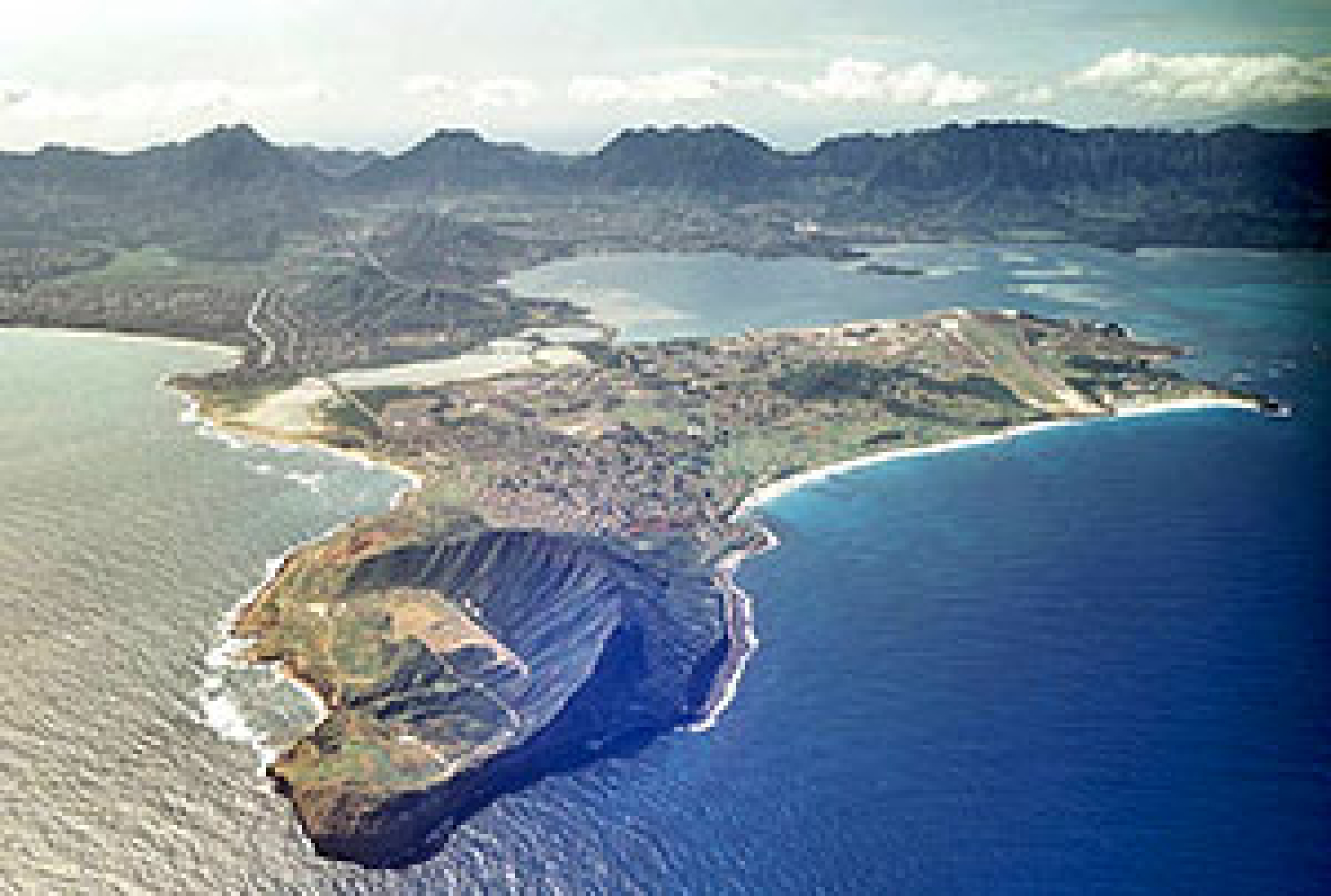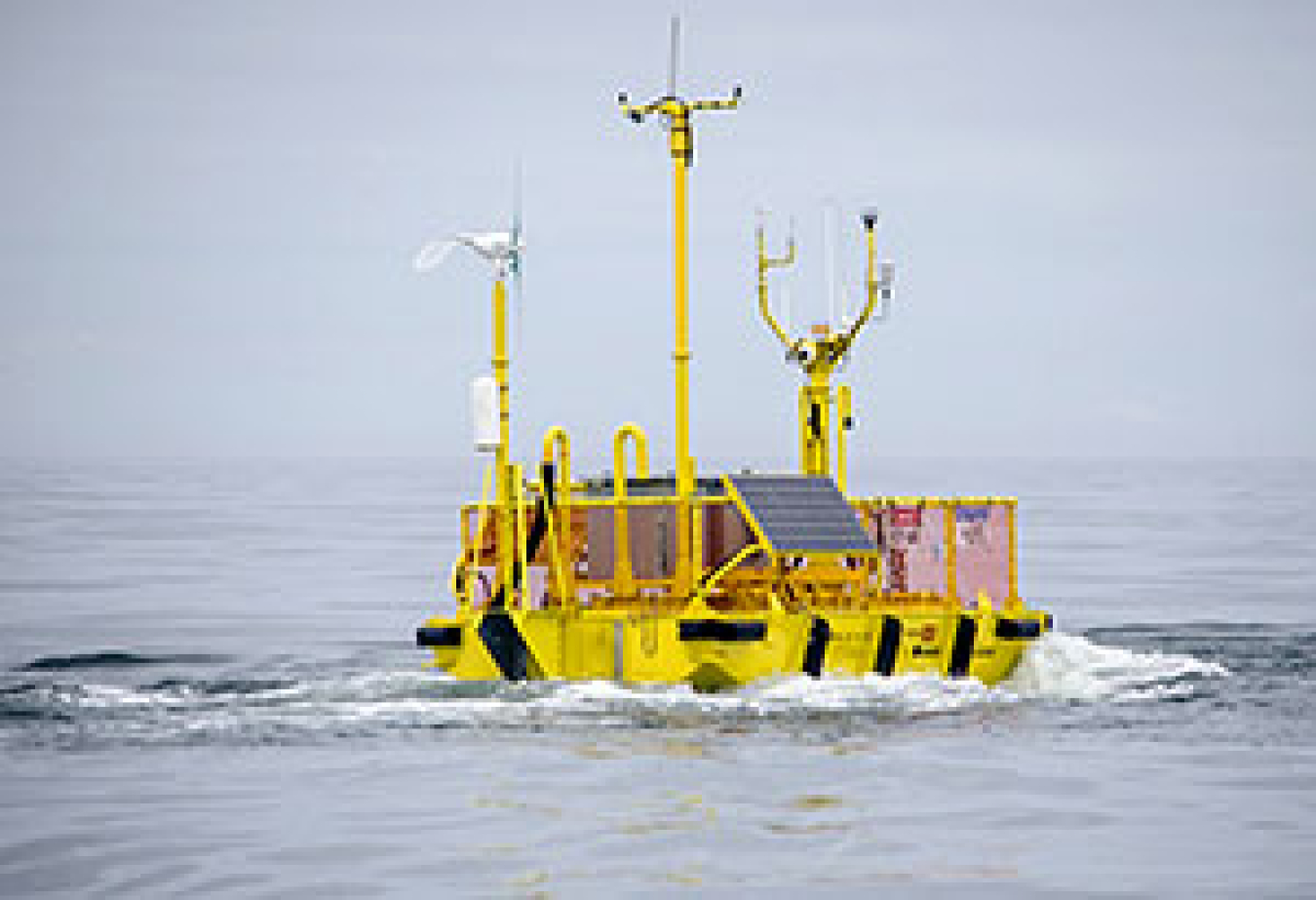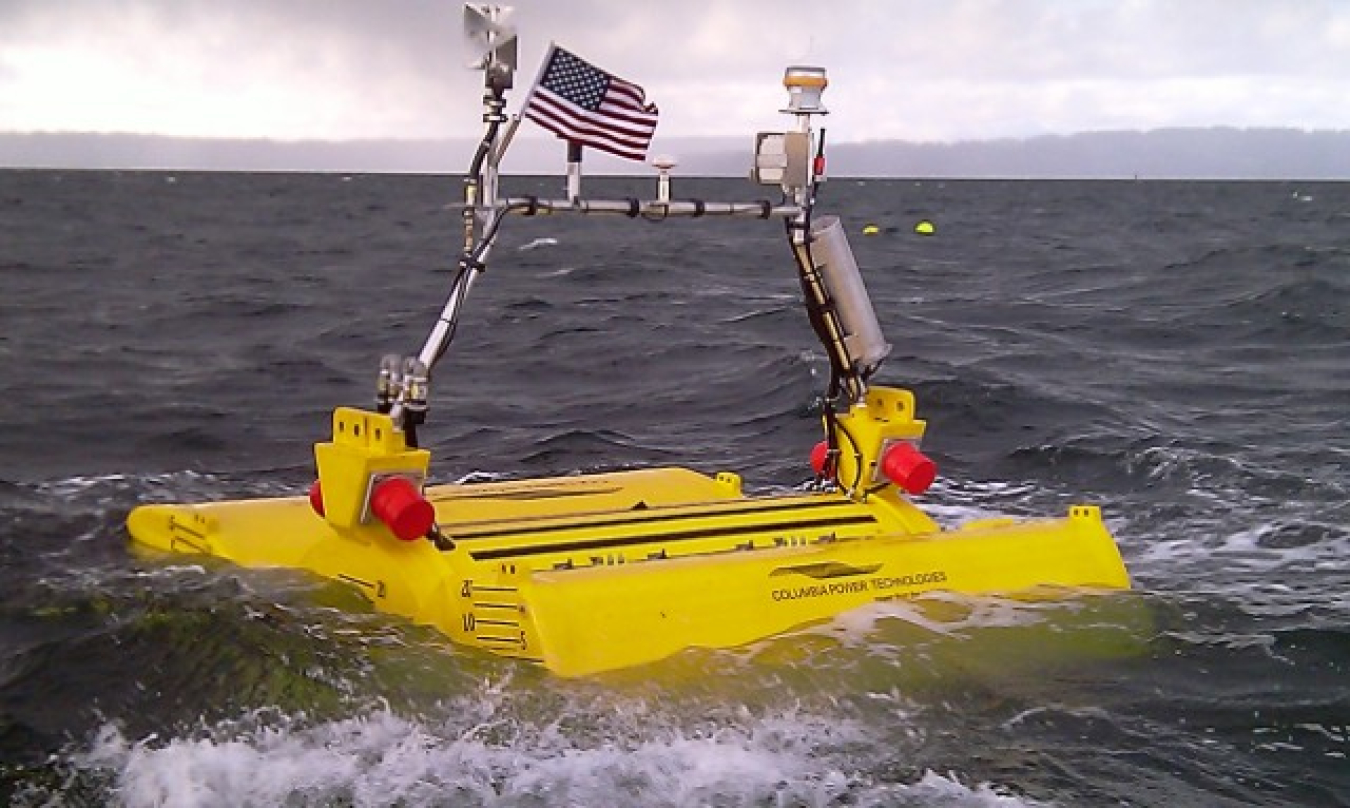The Water Power Program supports the development of marine and hydrokinetic devices, which capture energy from waves, tides, ocean currents, the natural flow of water in rivers, and marine thermal gradients, without building new dams or diversions. In order to meet its generation goals, the program supports the design, development, testing, and demonstration of technologies that can capture energy from waves, tides, and currents. Additionally, the program funds the creation of instrumentation, modeling, and simulation tools to enable real-condition testing of technologies. Learn more about the following topics in marine and hydrokinetic technology development and testing:
- Technology Advancement and Demonstration
- Testing Infrastructure and Instrumentation
- Modeling and Simulation
- Technology Characterization and Evaluation
- Accomplishments in Technology Development and Testing
Technology Advancement and Demonstration
The program works closely with industry and the Department of Energy's national laboratories to advance the development and testing of marine and hydrokinetic devices. The Water Power Program also funds component design and testing. By investing time and effort into each component, manufacturers can improve the overall reliability and performance of complete devices and arrays. Furthermore, the program is investing in innovative efforts to reduce the cost of marine and hydrokinetic energy, bringing it closer to the cost of conventional electricity generation sources. One such initiative is the Wave Energy Prize, a competition that aims to catalyze revolutionary developments in wave energy conversion technologies.
About the Wave Energy Prize
The Wave Energy Prize is the Water Power Program’s first prize challenge. It aims to increase the diversity of organizations involved in wave energy converter (WEC) technology development, with the goal of spurring the innovation of more efficient WECs that can achieve DOE’s goal of doubling the energy captured from ocean waves. This achievement will in turn reduce the cost of wave energy, making it more competitive with traditional energy solutions.
Ninety-two teams registered to participate in the Wave Energy Prize—more than three times as many expected—all vying to win part of a prize purse totaling more than $2 million. On August 14, 2015, after rigorous evaluations by the Wave Energy Prize’s judging panel, the 92 teams were narrowed to the top 20 qualified teams. Since this down-select was made, the qualified teams have built 1/50th scale WECs, all of which were tested between December 2015 and January 2016 at five universities across the country: the University of Michigan, University of Maine, University of Iowa, Oregon State University, and Stevens Institute of Technology. Media coverage and photos from testing can be found on Wave Energy Prize’s team updates page.
On March 1, 2016, up to 10 finalists and up to two alternates will be selected to build 1/20th scale model WECs. These teams will test their larger scale model WECs in the nation's most advanced wave-making facility—the Naval Surface Warfare Center's Maneuvering and Seakeeping (MASK) Basin—at Carderock, Maryland in the summer of 2016. Stay tuned!

Testing Infrastructure and Instrumentation
In order to perform rigorous device testing to validate and optimize prototypes, developers require comprehensive test facilities. The program has provided funding to identify 20 tank testing operators in the United States with capabilities suited to the marine and hydrokinetic technology industry. These facilities are compiled in the Hydrodynamic Testing Facilities Database. The program also supports the development of open-water, grid-connected testing facilities, as well as resource assessments that will improve simulations in dry-dock and closed-water testing facilities. Likewise, instrumentation development is supported to enhance the testing capacities of these facilities. Additionally, the program has partnered with four universities to create three testing sites to incubate advanced marine and hydrokinetic technologies. The Northwest National Marine Renewable Energy Center (NNMREC), operated jointly by Oregon State University, the University of Washington, and the University of Alaska Fairbanks, facilitates the development of wave, tidal, and in-river energy converters through research, education, outreach, and the environmental characterization, design, and operation of testing sites. The Hawaii National Marine Renewable Energy Center (HINMREC), operated by the University of Hawaii, emphasizes wave energy and ocean thermal energy conversion and boasts a collaborative wave energy test site with the U.S. Navy. The Southeast National Marine Renewable Energy Center (SNMREC), operated by Florida Atlantic University, focuses on ocean currents and ocean thermal energy conversion and specializes in environmental baseline observation systems.
Modeling and Simulation
The program actively pursues research and development efforts in modeling and simulation to provide tools to optimize device and component design decisions, inform prioritization efforts for device development, and inform strategic planning for the program and its partners. Modeling tools and access to laboratory expertise enable developers to reduce their overall costs, reduce their design iterations, and gather information on optimal configurations and locations for devices. Modeling tools can provide baseline information on operation and installation costs and environmental impacts. These tools increase user and investor confidence by providing an opportunity to simulate full deployment scenarios, estimate costs, and optimize reliability and overall performance.
Technology Characterization and Evaluation
The geographies, resources, technologies, and even nomenclature of the U.S. marine and hydrokinetic technology industry have yet to be fully understood or defined. The program characterizes and assesses marine and hydrokinetic devices, and then organizes the collected information into a comprehensive and searchable Web-based database, the Marine and Hydrokinetic Technology Database. The database, which reflects intergovernmental and international collaboration, provides industry with one of the most comprehensive and up-to-date public resources on marine and hydrokinetic devices.
Technology Development and Testing Accomplishments
The Water Power Program has had numerous accomplishments in marine and hydrokinetic technology development and testing. The projects described below highlight some of the program's successes in advancement and demonstration, testing infrastructure and instrumentation, and modeling and simulation.

Northwest National Marine Renewable Energy Center: Advanced Assessment and Device Testing
NNMREC is continually developing its collection of scaled laboratory, intermediate, and full-scale open-water testing facilities for marine energy converters under the umbrella of PMEC: the Pacific Marine Energy Center. Included in this testing portfolio are sites in Alaska, Washington, and Oregon, offering a variety of localized attributes for assessment and testing. For example, NNMREC's North Energy Test Site, located off the coast of Newport, Oregon features a mobile marine test unit—the Ocean Sentinel—that allows for power measurements, environmental data collection, and recording of signals from instrumentation onboard wave energy converters in testing.

Ocean Renewable Power Company: Commercialization of Tidal Devices
Ocean Renewable Power Company (ORPC) is building, installing, operating, and monitoring a commercial-scale array of grid-connected tidal devices. ORPC has constructed components of this array, which will contain several 150 kilowatt TidGen units. The expansion into a commercial array marks a major success of their original prototype BetaGen testing project, also supported by the program.

Columbia Power Technologies: Demonstration and Testing for Improved Device Design
In 2012, Columbia Power Technologies, Inc. (ColPwr) completed a 13 month test of an intermediate-scale wave energy converter in Puget Sound to demonstrate and validate its wave energy buoy technology. This deployment provided valuable data that allowed ColPwr to make substantial design modifications to their buoy, enhancing energy capture and increasing reliability of the device. With support from the program, ColPwr is now working to employ a fully composite hull structure for reduced weight and corrosion resistance, enabled by their development of a direct drive power take-off system.
